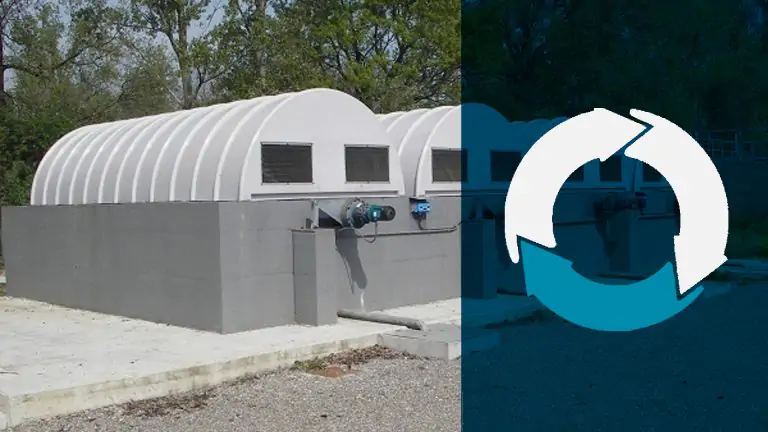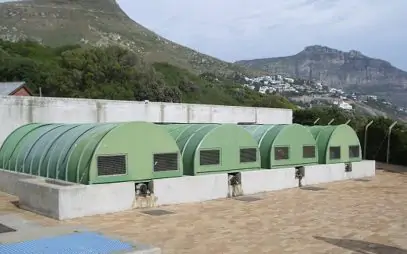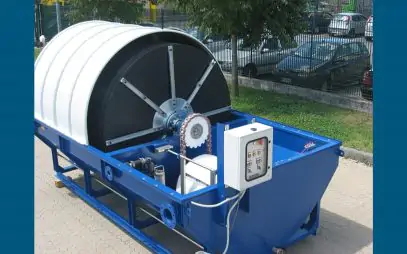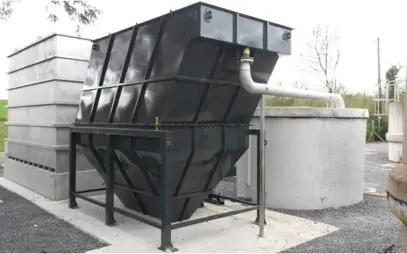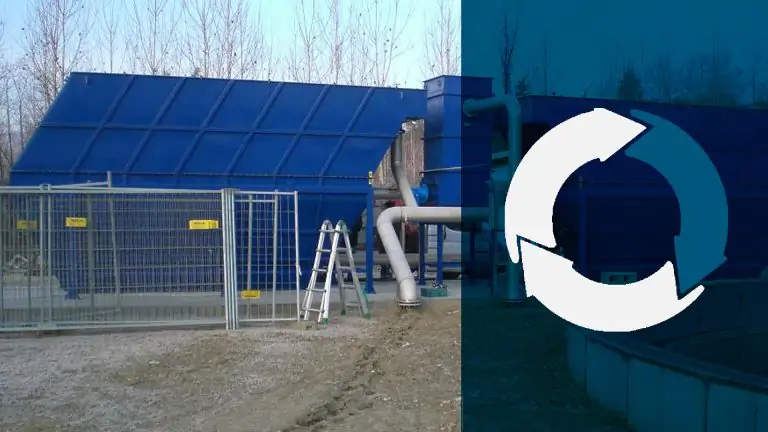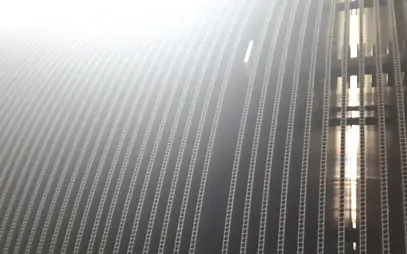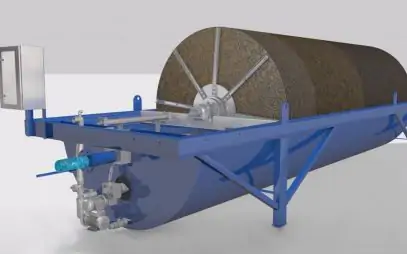Framing: the secondary treatments
Secondary wastewater treatments follow mechanical scouring operated by processes such as screening, de-oiling and desanding. They can also be called biological treatments, since they involve microorganisms such as bacteria to degrade organic pollutants. In fact, at this stage, a simple physical process would not be sufficient to remove COD, BOD, nitrogen and phosphorus: the goal, precisely, of biological degradation in this section of civil sewage treatment plants (maintaining the “minimum” ratio of 100:5:1 of C:N:P).
And we speak of civil water purification precisely because it is in this area that we find the now established sequence of primary, secondary and tertiary treatments in the plants: this in compliance with national and European regulations. In the industrial sphere, it is better, however, to use the definition of “biological treatments.”
It is, however, a decisive stage of water purification, since it aims to greatly reduce the pollutant load of the effluent by removing substances that are particularly harmful to health and the environment. This, on the other hand, is also the phase that prepares tertiary treatments and is responsible, therefore, for taking advantage of high-performance and reliable technologies so as not to “stress” downstream systems with an excessive load of pollutants.
These are the most common types of secondary treatment.
- Anaerobic digestion processes. Here the action of bacteria that feed on organic matter and live in the absence of oxygen is exploited: this is typical of Imhoff pits and anaerobic digesters.
- Aerobic digestion processes. As in the previous case, it relies on the degradative action of bacteria, but they are stimulated precisely by oxygen (lacking in anaerobic digestion): thus they feed on organic matter and metabolize pollutants. This is therefore referred to as “aerobic bio-stimulation”.
- Phytodepuration. This is a decidedly peculiar process that mimics not only biological, but also physical and chemical treatments typical of aquatic environments: in fact, it involves specific plants, with high capacity to absorb effluent.
